Amazon Makes FBA Liquidations Default and Mandates Donations from Sept 2025
Effective: September 30, 2025 (U.S. & Canada) Amazon is overhauling its inventory recovery programs. Starting
If you’re an Amazon seller, winning the Amazon Buy Box in 2025 is more than just a badge of honor. Over 80% of Amazon (desktop) purchases go through the Buy Box, making it crucial digital real estate. However, the Buy Box is no longer just about having the lowest price. Amazon’s evolving algorithm now weighs pricing, fulfillment, seller performance, and customer experience metrics to determine who is featured as the “Add to Cart” and “Buy Now” option.
Why struggle when you can access the knowledge and tools to maximize Buy Box share and drive sustained growth on Amazon, with this expert guide?
Let’s dive right in!
In 2025, Amazon’s Buy Box algorithm increasingly rewards sellers who deliver not just low prices, but also exceptional fulfillment speed, consistent inventory, and rapid customer response times. Sellers who leverage automation and AI-powered pricing tools are seeing measurable gains in Buy Box share—especially during peak sales periods.
The Amazon Buy Box is the prominent “Add to Cart” and “Buy Now” button displayed on a product detail page. When multiple sellers offer the same product, Amazon selects one offer to feature in this coveted spot. Winning the Buy Box means your offer is the default choice for millions of shoppers, dramatically increasing your chances of making a sale.
In 2025, Amazon has increasingly shifted terminology from “Buy Box” to “Featured Offer”. While the concept remains the same, this reflects Amazon’s evolving algorithm that rotates offers based on multiple factors, including customer location and buying behavior.
Not all sellers are eligible to compete for the Buy Box. Amazon requires sellers to meet specific performance standards and eligibility criteria to be considered.
Amazon’s Buy Box algorithm considers a dynamic mix of variables, each assigned different weights depending on product category, buyer location, and current market conditions. The most influential factors include:
Amazon’s Buy Box algorithm doesn’t treat every product the same, it adjusts what matters most depending on the type of item you’re selling!
For Time-Sensitive Products like birthday cards or flowers, shipping speed is the top priority. If you can deliver the product faster than your competitor, you’re much more likely to win the Buy Box, even if your price is slightly higher.
For Commodity Products or everyday items like USB cables, price is key. If there are several offers, the one with the lowest total price (including shipping) usually gets the Buy Box, if other seller metrics are strong.
Top sellers in stable categories often achieve 70–90% Buy Box share.
For High-Value Electronics like flagship phones and laptops, Amazon may consider seller performance (reliable shipping) and customer feedback ( 5-star reviews) over price.
For items with nearly identical offers and seller metrics, Amazon runs A/B testing and rotates the Buy Box between eligible sellers. This means temporary fluctuations, even without any changes on your end.
Hence, it’s important to understand that the Buy Box is often rotated among eligible sellers. Your goal is to maximize your Buy Box percentage. This is the share of time your offer appears as the default option.
Here’s how to meet Amazon’s eligibility requirements to get Buy Box eligible—and stay there.
To be eligible, your account must consistently demonstrate strong performance in key areas:
In 2025, Amazon’s eligibility checks are more automated than ever. Sellers report that even a brief dip in performance metrics can result in immediate Buy Box suppression, so real-time monitoring and proactive management are essential for maintaining eligibility.
Here are proven tactics that top sellers use to boost their Buy Box percentage and drive consistent sales.
Amazon’s pricing changes rapidly, especially during peak sales seasons like Prime Day and Q4. Dynamic repricing software helps you automatically adjust your prices based on competitor activity, inventory levels, and sales velocity.
Benefits:
Pro tip: Choose repricing tools that integrate AI to predict market trends and optimize pricing beyond just undercutting.
Running out of stock is one of the fastest ways to lose the Buy Box. Use inventory management software to:
Tip: For informed decision-making, integrate your online store with the Amazon marketplace using a third-party service like CedCommerce. This ensures real-time synchronization of products and inventory.
Automation is no longer optional, it’s a competitive necessity. In 2025, sellers who combine AI-driven repricing with real-time inventory and customer service monitoring see up to a 25% increase in Buy Box share compared to those relying on manual processes.
Losing the Amazon Buy Box can be frustrating, especially when you’ve been consistently winning it. Understanding the common reasons behind Buy Box loss and how to recover quickly is essential.
Common Reasons:
If you notice your Buy Box share dropping, focus on diagnosing the specific cause rather than making broad changes. Here’s a streamlined troubleshooting checklist:
Pro Tip: Set up real-time alerts for key metrics (ODR, inventory, pricing) so you can react within hours, not days, if your Buy Box share changes.
Amazon’s Buy Box algorithm is more dynamic than ever in 2025. Here are the most important changes sellers need to know:
Now you know winning the Amazon Buy Box in 2025 is about mastering the full spectrum of what Amazon values most: automation, speed, reliability, and customer satisfaction.
Sellers who automate pricing and inventory, and who localize stock in multiple Amazon warehouses, are outperforming competitors in Buy Box share, especially during regional sales peaks. As Ava Patel, a 7-figure Amazon seller, puts it:
“In 2025, we’ve seen the biggest Buy Box gains by combining AI repricing with regional FBA inventory. Fast, local delivery wins more than just low prices.”
Focusing on these strategies will help you maximize your Buy Box share while you build a resilient, scalable Amazon business that thrives as the marketplace evolves. Stay proactive, keep learning, and let data-driven decisions guide your path to Buy Box dominance in 2025.

Effective: September 30, 2025 (U.S. & Canada) Amazon is overhauling its inventory recovery programs. Starting
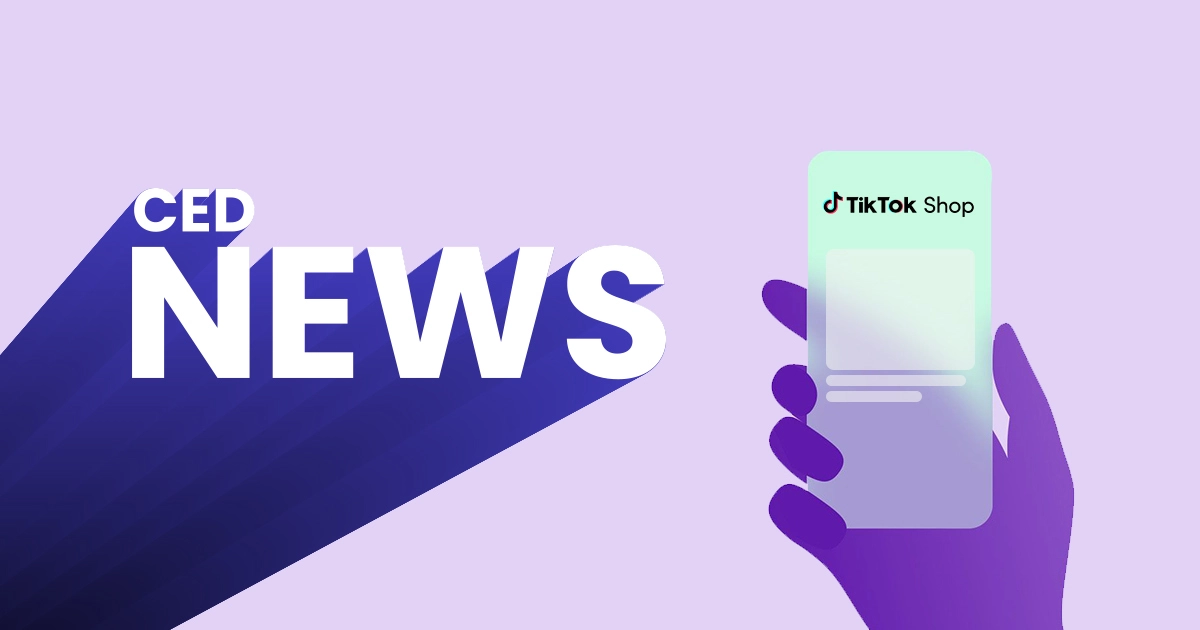
TikTok has rolled out a set of new support tools for TikTok Shop creators, aiming

Amazon has launched FBA Damaged Inventory Ownership, a program that lets sellers take direct control
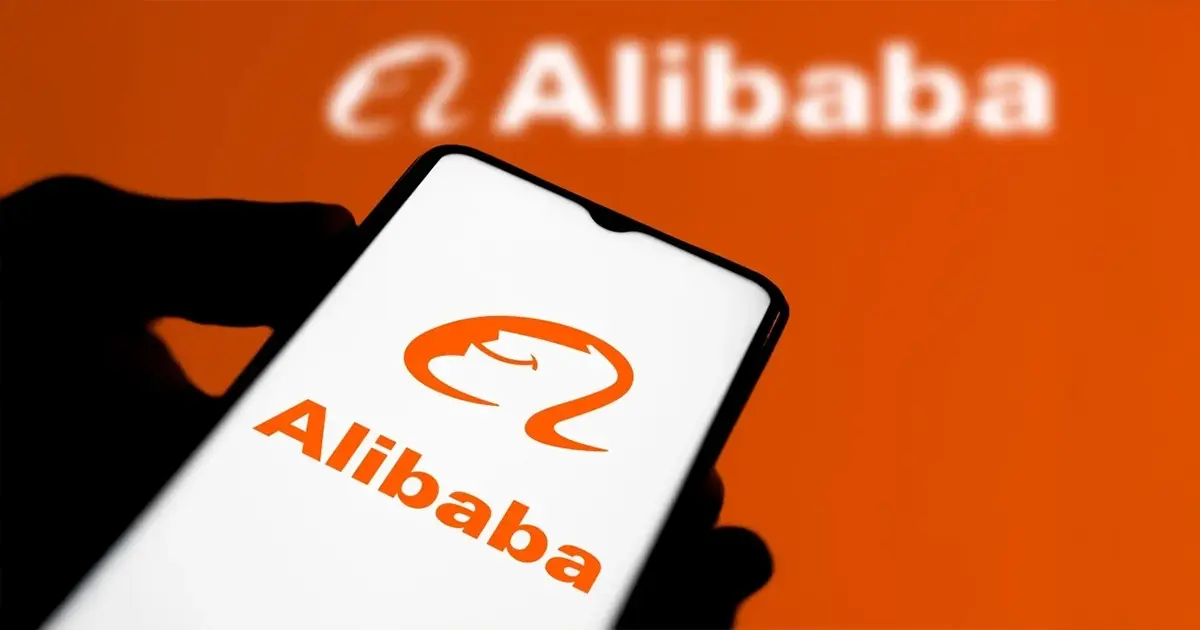
Alibaba Group has unveiled a sweeping restructuring of its consumer-facing operations, merging Taobao, Tmall, Ele.me,
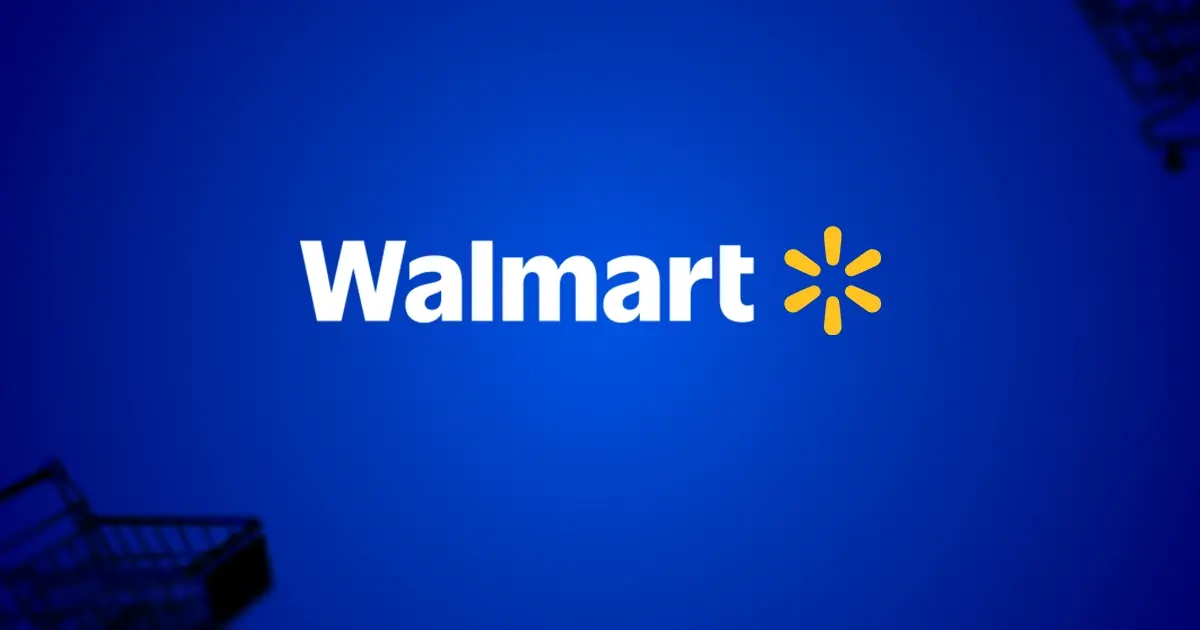
Walmart is ramping up its efforts to recruit merchants from the United Kingdom and continental

Amazon is doubling down on artificial intelligence in eCommerce with the launch of Lens Live,
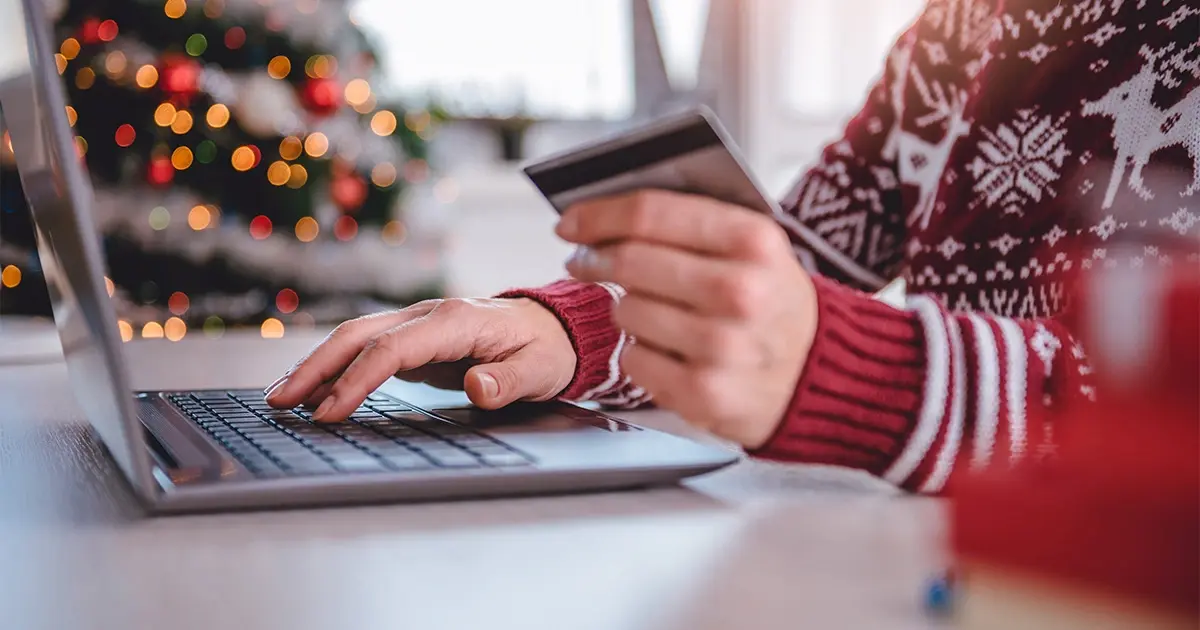
For the first time since 2020, U.S. consumers are planning to cut back on holiday

Temu, the rapidly growing eCommerce platform, has announced the launch of its Local Seller Program

Etsy has announced important updates to its new Etsy Payments Policy, effective October 9, 2025,

Amazon has launched its first-ever “Second Chance Deal Days“ sales event in Europe, exclusively featuring

The Update Amazon has strategically resumed its Google Shopping ad campaigns across all international markets—
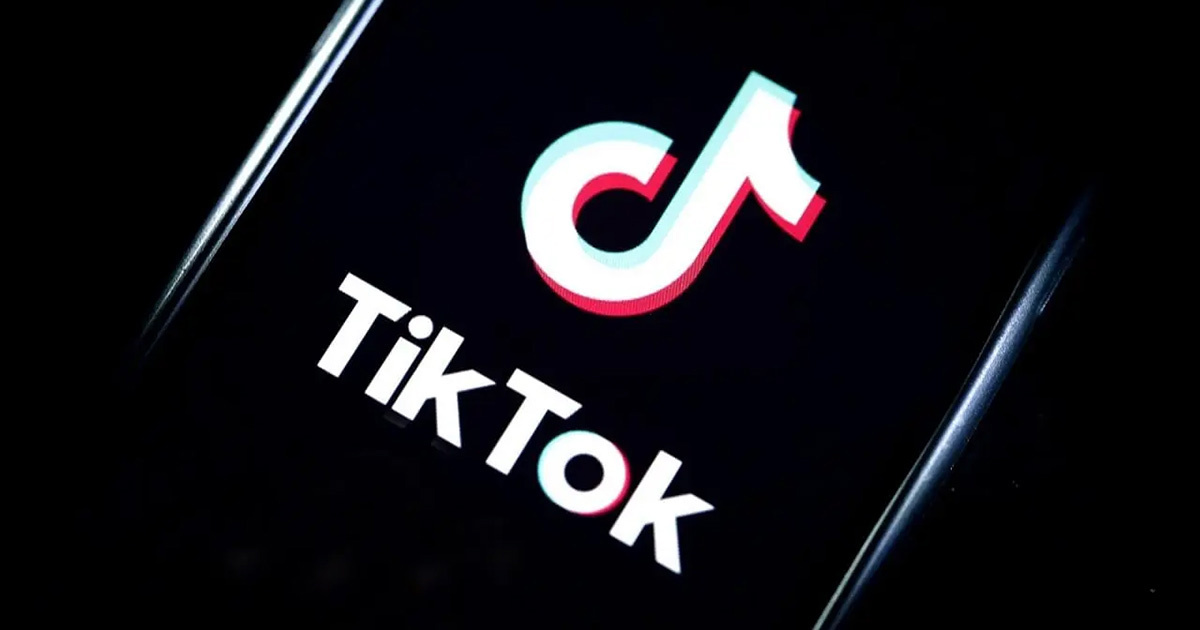
TikTok has updated its account policies, LIVE rules, monetization eligibility, and enforcement measures. The changes
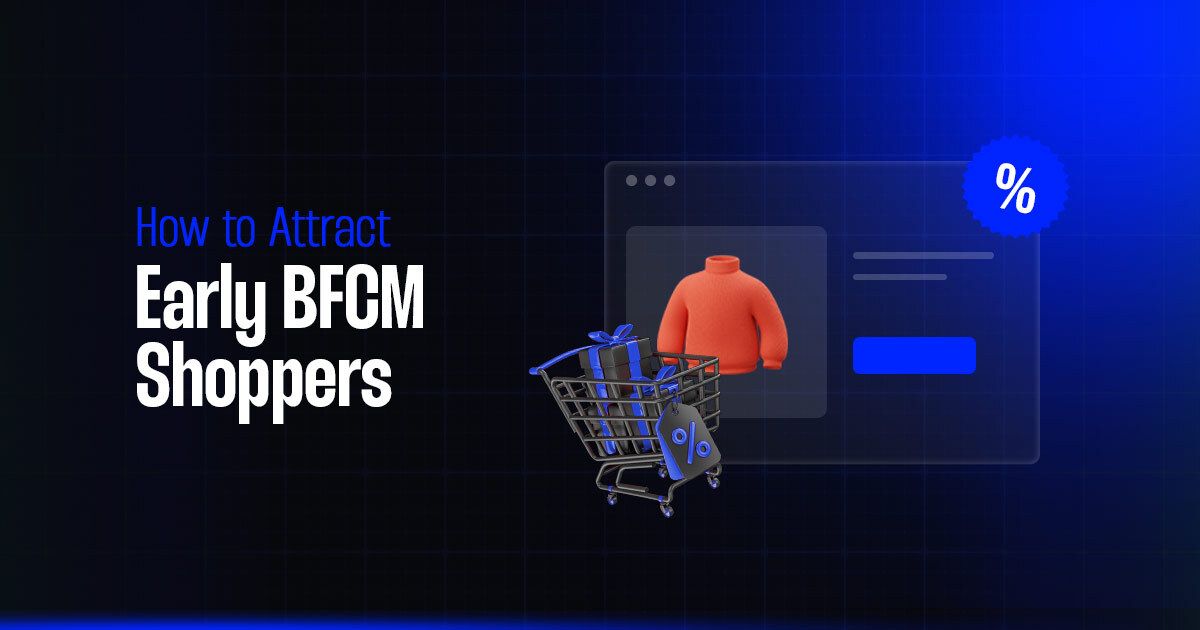
Think Black Friday is when holiday shopping begins? Think again. Your future customers are already
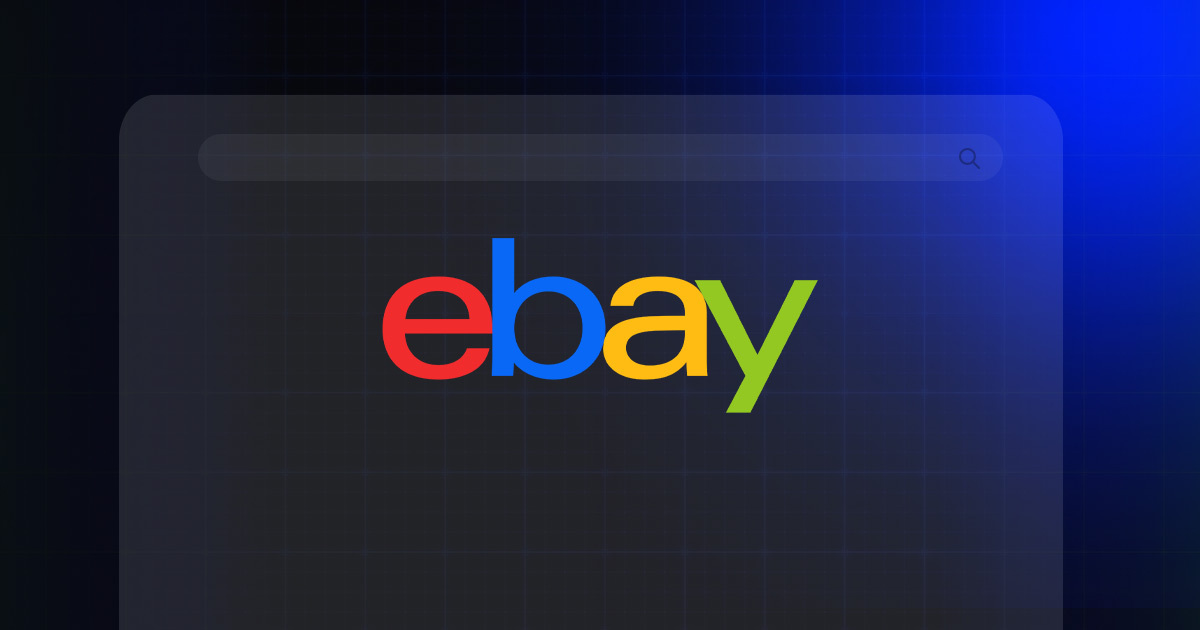
eBay is rolling out eBay Live in the UK, offering sellers a new way to

eBay is giving its auto parts and accessories marketplace a tune-up, announcing the launch of
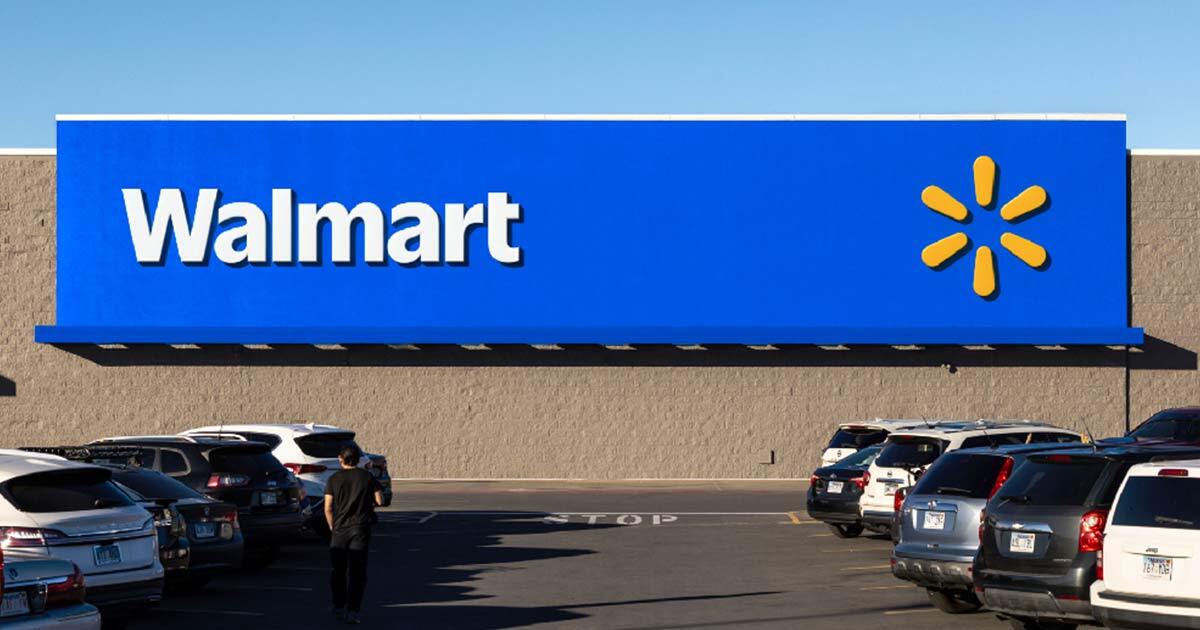
Walmart is set to revamp its Pro Seller Program at the end of September 2025,

Pinterest is diving headfirst into the burgeoning secondhand market with the launch of “Thrift Shop,”

Why Pinterest Is a Growth Channel for Etsy Sellers Discovery drives eCommerce growth. With 482
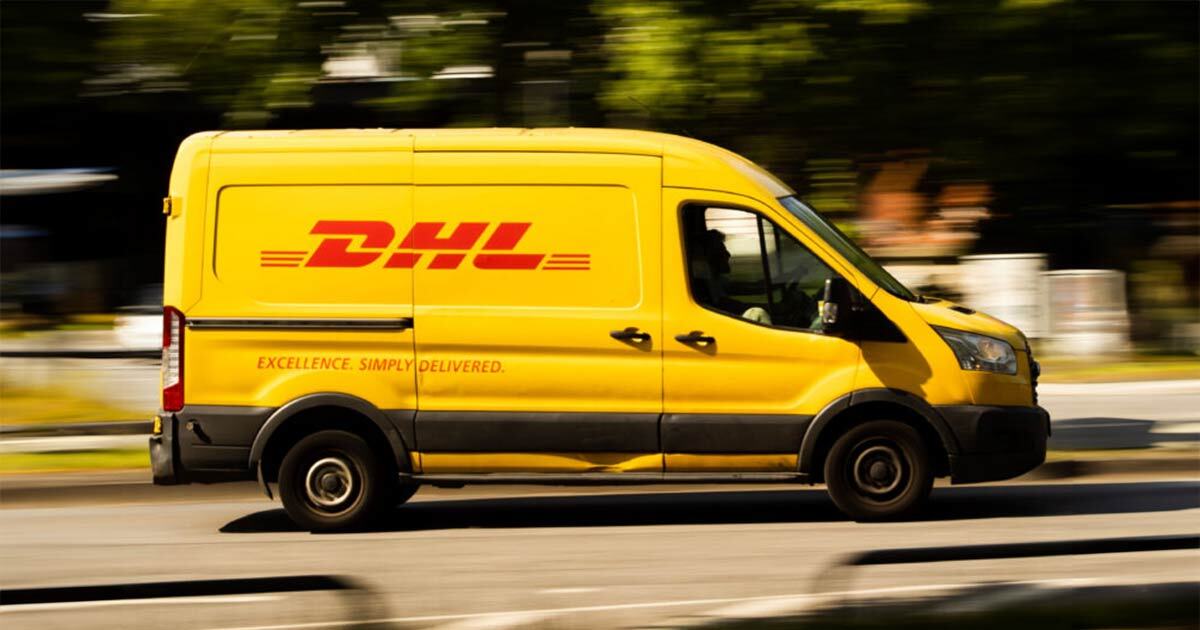
In a strategic move to enable smaller businesses with global ambitions, international logistics giant DHL
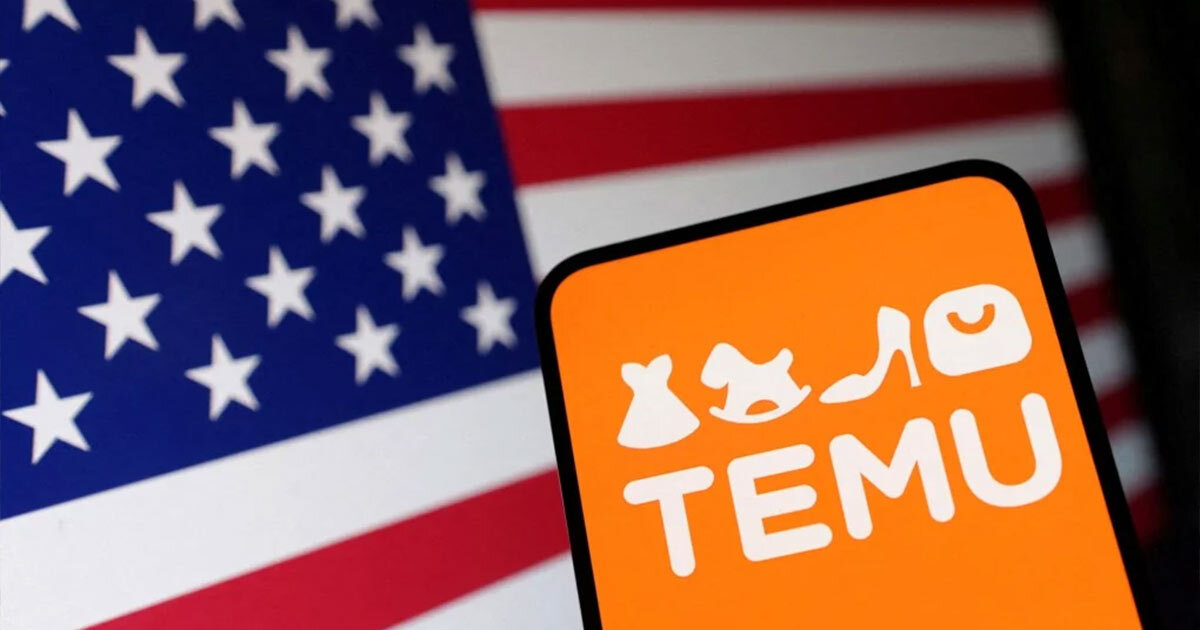
In a turn of events that highlights the volatility and responsiveness of global eCommerce logistics,